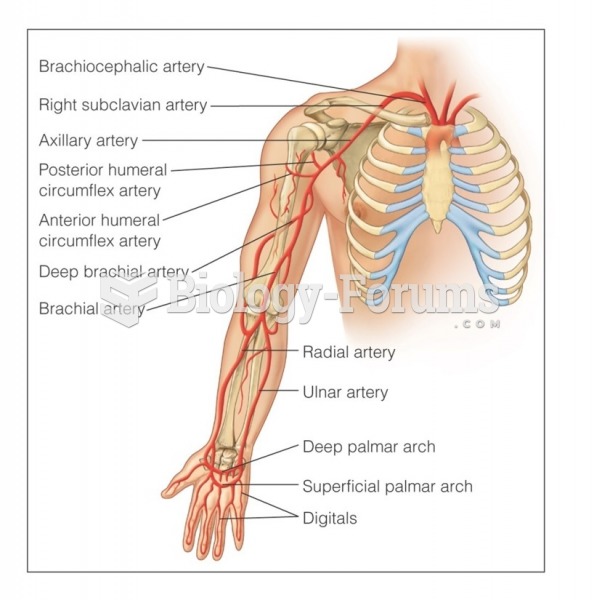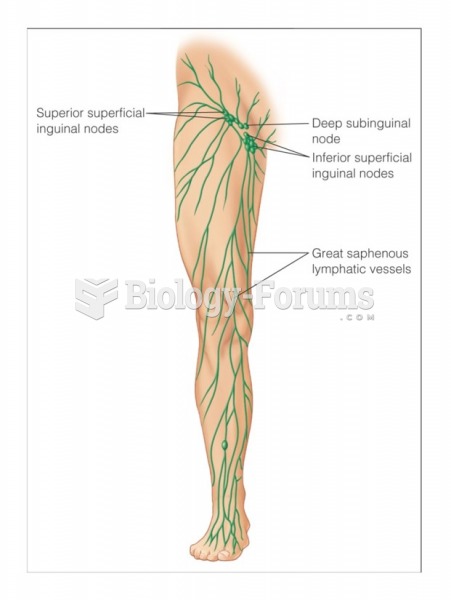Answer to Question 1
Occupational therapist (OT): has completed a master's degree in an OT program that is accredited by the American Occupational Therapy Association (AOTA). Occupational therapists address several areas in their rehabilitation of a patient. These include activities of daily living (ADLs) such as dressing, bathing, grooming, toileting, and transfers. OTs are members of the team who focus on upper-extremity movement and function, including fine motor control and hand-eye coordination. For example, they may fashion various splints for the upper extremity to preserve range of motion and improve function. OTs also address higher cognitive skills and community skills, such as homemaker chores, driving, and money handling. Occupational therapists assist in evaluating future equipment needs such as wheel-chairs, cushions, and bathtub benches, and assist in recommendations for home modifications.
Physical therapist (PT): is a member of the rehabilitation team who has completed a graduate program in physical therapy from a college or university program ac-credited by the American Physical Therapy Association's (APTA's) accrediting body, the Commission on Accreditation of Physical Therapy Education (CAPTE). In keeping with APTA's vision, most training programs now lead to a doctoral degree, with some master's-level training still available. Physical therapists are licensed by the state in which they practice. The physical therapist is the member of the team who is primarily responsible for improving the patient's strength, range of motion, balance, and mobility. The physical therapist specializes in appropriate strength and endurance exercises, assisting in controlling pain, providing skin care treatment, and providing modalities (such as ultrasound, diathermy, hot packs, and whirlpool treatments). When rehabilitating injured workers, the physical therapist will teach proper lifting techniques, offer ergonomic suggestions, and conduct work hardening programs and functional capacity evaluations. Work hardening programs are outpatient treatment programs that assist an injured worker in maximizing his or her strength, range of motion, and functional status. They improve a worker's chances of returning to the job and avoiding future injuries. These treatment programs try to simulate activities that the worker would have to do in the workplace. A functional capacity evaluation is a formalized series of tests, usually with some parts computerized, that helps the physician deter-mine what is a safe level of lifting, pushing, toting, bending, and climbing to which an injured worker would be able to return.
Answer to Question 2
The stage of disease at diagnosis consists of fields that describe the size and local extension of the primary tumor, whether or not regional lymph nodes are involved with cancer, and whether or not distant metastasis was present when the cancer was diagnosed. Stage can be assessed clinically to assist the clinician in planning treatment and then pathologically to assess the effect of neoadjuvant therapy or the need for adjuvant therapy. Both stages would be recorded in a hospital cancer registry. Staging data is also useful in population-based cancer registries for assessing screening patterns for cancers with effective screening.







